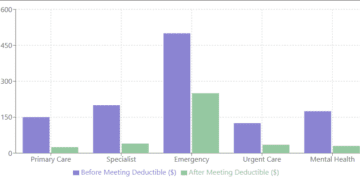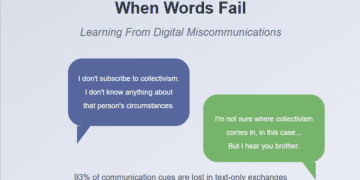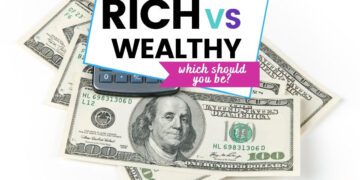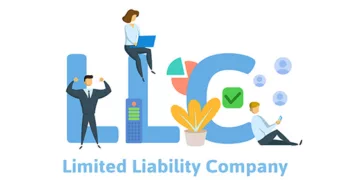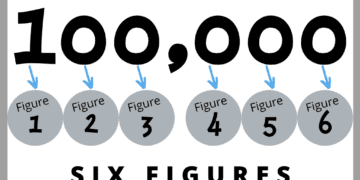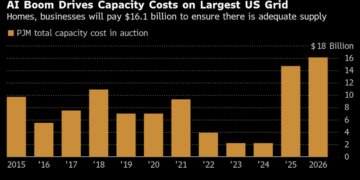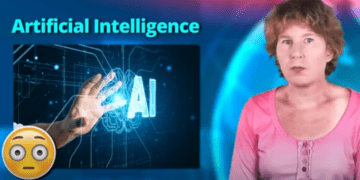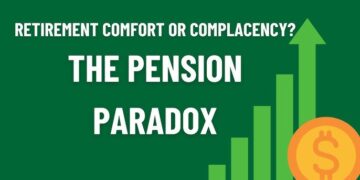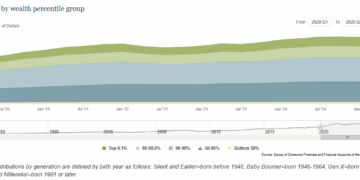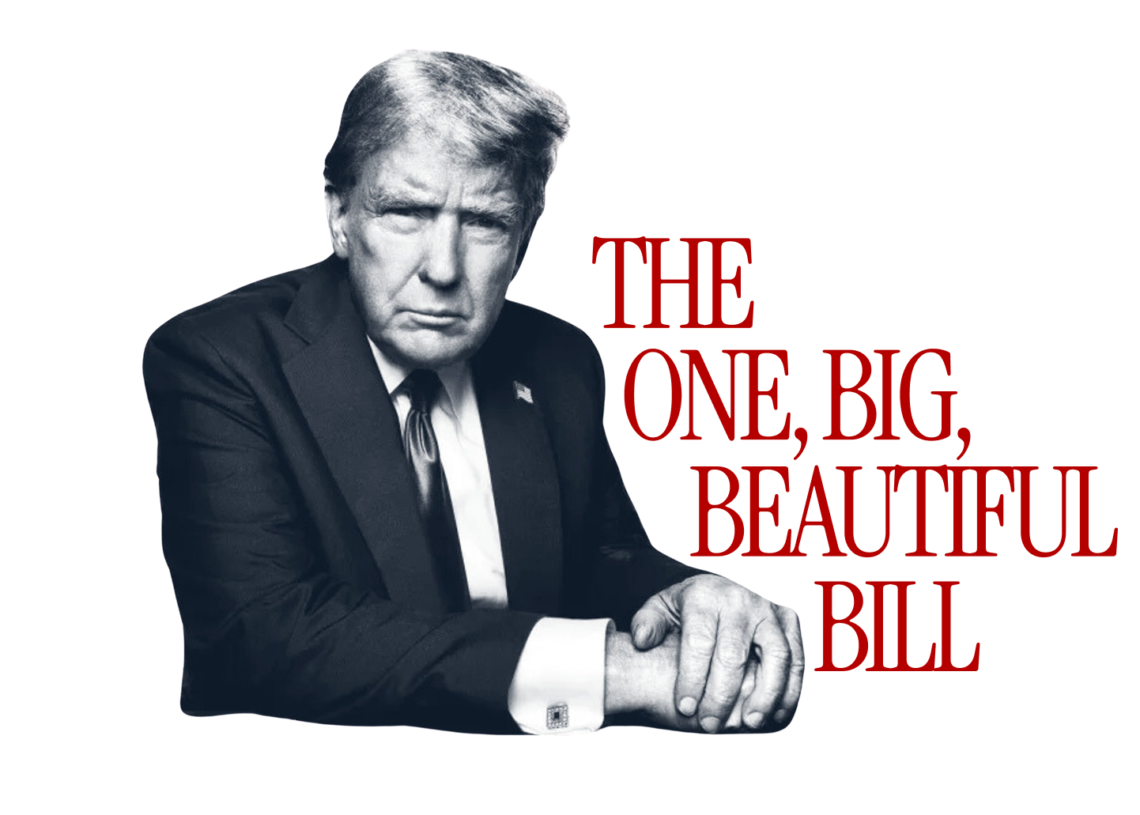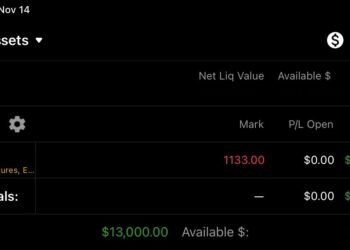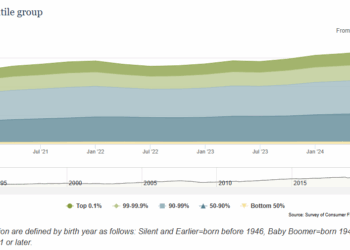President Trump has signed the One Big Beautiful Bill Act into law, and I understand that many of my readers are particularly concerned about Title VII, which deals with finance. After carefully reviewing the legislation, I want to walk you through exactly what this title contains and how it will affect Americans. Title VII is divided into multiple subtitles, but today I will focus on the two that have been made available: Subtitle C, which addresses the debt limit, and Subtitle D, which makes significant changes to unemployment compensation.
Subtitle C: A Historic $5 Trillion Debt Limit Increase
The first major provision in Title VII is Section 72001, which modifies the limitation on public debt. This section increases the federal debt limit by $5,000,000,000,000—that is five trillion dollars.
To understand the significance of this change, I need to explain what the debt limit actually represents. The debt limit, also known as the debt ceiling, is the maximum amount of money that the United States government is authorized to borrow to fund its operations and meet its existing legal obligations. This includes payments for Social Security and Medicare benefits, military salaries, interest on the national debt, tax refunds, and other commitments Congress has already made.
The legislation specifically references section 3101(b) of title 31 of the United States Code, which is the primary statutory authority governing the debt limit. The new increase builds upon the most recent modification that was established by section 401(b) of Public Law 118–5. This means the $5 trillion increase is being added to whatever the debt limit was after that previous adjustment.
The practical effect of this change is substantial. Without periodic increases to the debt limit, the federal government would be unable to meet its financial obligations, potentially leading to a default on government debt. Such a scenario could have catastrophic effects on the economy, including damage to the United States’ credit rating, increased borrowing costs, and potential disruption to government services and benefit payments.
The $5 trillion increase is notably large, even by historical standards. This amount provides the government with significant additional borrowing capacity, which suggests that the administration and Congress anticipate substantial federal spending or expect this increase to last for an extended period without requiring another debt limit adjustment.
Subtitle D: Ending Unemployment Benefits for High Earners
Section 73001 introduces what the legislation calls “Ending unemployment payments to jobless millionaires.” This provision creates a comprehensive prohibition on providing federal unemployment compensation to individuals with high previous earnings.
The Core Prohibition
The fundamental change prohibits the use of federal funds to make unemployment compensation payments to any individual whose wages during their base period equal or exceed $1,000,000. The base period is typically the first four of the last five completed calendar quarters before an individual files for unemployment benefits. This means that if someone earned $1 million or more during that time frame, they will no longer be eligible for any federal unemployment benefits.
The prohibition extends beyond just the benefit payments themselves. Federal funds also cannot be used for any administrative costs associated with processing or managing claims from these high-earning individuals.
Implementation and Verification Requirements
The legislation establishes specific mechanisms to ensure compliance with this new restriction. Every application for unemployment compensation under any federal program must now include a form or procedure requiring applicants to certify that their wages during their base period do not equal or exceed $1 million. This self-certification requirement places the initial responsibility on the applicant to honestly report their earnings history.
However, the law does not rely solely on self-reporting. Each state agency responsible for administering unemployment compensation programs must utilize available systems to verify wage eligibility by assessing claimant income to the degree possible. This verification requirement suggests that states will need to cross-reference unemployment applications with wage databases, tax records, and other income verification systems.
Enforcement and Recovery
The legislation includes strong enforcement provisions. State agencies must require individuals who have received unemployment compensation to which they were not entitled to repay those amounts. This creates a mechanism for recovering overpayments if someone receives benefits despite earning above the $1 million threshold.
Scope of Affected Programs
The unemployment provisions apply broadly to what the legislation defines as “unemployment compensation program of the United States.” This comprehensive definition includes six categories of programs:
First, it covers unemployment compensation for federal civilian employees under subchapter I of chapter 85 of title 5 of the United States Code. This affects federal workers who lose their jobs and seek unemployment benefits.
Second, it includes unemployment compensation for ex-servicemembers under subchapter II of chapter 85 of title 5. This impacts former military personnel who transition to civilian employment and subsequently become unemployed.
Third, the definition encompasses extended benefits under the Federal-State Extended Unemployment Compensation Act of 1970. These are benefits that become available during periods of high unemployment when regular state benefits are exhausted.
Fourth, it covers any federal temporary extension of unemployment compensation. This would include emergency programs that Congress might establish during economic downturns or other crises.
Fifth, it applies to any federal program that increases the weekly amount of unemployment compensation payable to individuals. This could include federal supplements to state unemployment benefits.
Finally, it includes any other federal program providing for the payment of unemployment compensation, as determined by the Secretary of Labor. This catch-all provision ensures that the restriction applies to future federal unemployment programs that might be created.
Effective Date and Implementation Timeline
The prohibition takes effect for weeks of unemployment beginning on or after the date of enactment of the Act. This means that the changes apply immediately to new unemployment claims filed after the law takes effect, rather than having a delayed implementation period.
Implications and Looking Forward
These two subtitles of Title VII represent significant changes to federal fiscal policy and social safety net programs. The debt limit increase provides the government with substantial additional borrowing capacity, while the unemployment changes target benefit payments to high earners.
The debt limit increase ensures government operations can continue without the risk of default, but it also reflects the reality of ongoing federal spending needs. The unemployment changes, while affecting a relatively small number of individuals, represent a philosophical shift toward means-testing federal benefits based on previous earnings.
As I continue to analyze the remaining portions of the One Big Beautiful Bill Act, I will provide additional breakdowns of the other titles and subtitles. Title VII clearly demonstrates the significant scope of changes this legislation brings to federal finance and benefit programs.
For more content, check out the following:
- Understanding Title I of the One Big Beautiful Bill Act: What These Agricultural and Nutrition Changes Mean for You
- Breaking Down the One Big Beautiful Bill Act: What Title II Means for Defense and National Security
- Breaking Down the One Big Beautiful Bill Act: Title III and Its Impact on Financial Oversight
- Breaking Down Title IV of the One Big Beautiful Bill Act: What It Means for Commerce, Science, and Transportation
- Understanding Title V of the One Big Beautiful Bill Act: Energy and Natural Resources
- Understanding Title VI of the One Big Beautiful Bill Act: What It Means for Environmental Programs and You





